With the burgeoning environmental crisis threatening to reach alarming levels, adoption of environment-friendly practices is the need of the hour. You can integrate simple eco- conservation measures in your daily lifestyle which will not only be a boon for the environment but can be cost effective as well. The question is where do you start? When it comes to the environment, being a Green Citizen starts at your doorstep. An eco-friendly home aims to have minimal impact on its environment. Considering environment-friendly options for your home will not only help in reducing your carbon footprint, but will save money in the long run. You can begin with the most effective low-cost strategies. From recycling to using alternative sources of energy, minor changes at home can add up to real benefits for the planet.
Here is an easy-to-follow guide to a more eco-friendly home:
Replace old-style bulbs with energy-saving ones
Data shows that as much as 20 percent of a home’s energy use comes from light bulbs. So it is prudent to replace your old incandescent bulb with Compact Fluorescent Light bulbs. CFLs consume 66% less energy than a standard bulb and last up to 10 times longer. Some are even brighter than filament bulbs. If you are reluctant to compromise on style, worry not. There are a great range of attractive models now available in the market.
Use matches instead of lighters
Every year tonnes of disposable lighters end up in landfills. The plastic casings are non-biodegradable and add to environmental pollution. Fuels of petroleum origin are used in lighters and it is a well-known fact that fossil fuels are depleting at an alarming rate. So try to avoid lighters, use matches instead. If you must use a lighter, invest in one that can be refilled.
Recycle Paper
Innumerable trees are cut down indiscriminately to meet the demand of paper around the globe. Take a small step towards plant conservation and purchase recycled paper. Paper that contains 30 percent postconsumer waste costs about the same as regular paper. Moreover, recycling uses considerably less water and energy than manufacture of new paper.
Opt for eco-friendly home decors
Most of us desire polished hardwood floor to add to the glamour of our homes. Substitute the traditional choice of timber with bamboo. Due to its high yield and the relatively fast rate at which it replenishes itself bamboo makes for environmentally sustainable flooring material. Bamboo plants mature within a quick span of four to six years, as opposed to many decades for typical hardwoods.
While buying furniture, ask for products made of ‘reclaimed wood’. Reclaimed and recycled wood from salvaged timbers can be used effectively in floors, furniture and construction supports. Your home’s looks need not suffer. Most sustainable products look just as good as and sometimes even better than their conventional counterparts and they are easier on your wallet too.
Use wooden frames for windows instead of UPVC (un-plasticised poly vinyl chloride) or metals frames. Though the pocket pinch might be a little higher, they will improve insulation reducing excess energy requirement for home heating. In addition, wooden frames, unlike their UPVC counterparts, are less polluting and do not release toxic materials.
Purchase draperies, window blinds and shades made from natural fibres such as cotton, hemp, linen, wood, reeds, silk or bamboo. Upholstered furniture containing silk, wool, and latex are widely available, as are sofas and chairs stuffed with soya bean based foam materials. These can eliminate the need for petroleum-based foam stuffing in our houses, reducing the pressure on fossil fuels.
Use a water-resistant cloth shower curtain instead of vinyl, or consider a glass door system. Plastic curtains and liners are not recyclable and end up in landfills.
Use water-based paints with natural pigments
Conventional oil based paints contain solvents, toxic metals and volatile organic compounds (VOCs). These pollutants are released into the air while you’re painting, and even after the paint dries. Such hazardous chemicals can cause to smog, ozone layer depletion and adversely affect indoor air quality leading to several health issues. Opt for paints, cleaners and adhesives low in VOCs which will reduce exposure to formaldehyde, a potent carcinogen. Zero- or low-VOC paints are extensively manufactured today and readily available in the market. This simple choice will let you breathe easier knowing that your home’s air is clean.
Reduce consumption of plastic
Every year billions of polyethylene bags find their way into landfills and incinerators adding to non-biodegradable waste. From grocery and trash bags to packaging materials, plastics are, quite literally, choking up our lives today. Processing and burning of plastic wastes release greenhouse gases into the atmosphere, the main contributor to global warming. Follow the three Rs- reduce, reuse and recycle- to decrease your plastic consumption. You can also choose to go green and use bags made from cloth, hemp, jute and other sustainable materials.
Use water judiciously
Only 3% of available water on Earth in freshwater. Every household consumes several gallons of this precious supply every day in bathing, washing, gardening and other activities. Employing rainwater harvesting techniques in your home is an effective way to meet part of your water demand. The harvested rainwater can be used to irrigate garden and wash clothes.
Low flow sprinklers in the garden can reduce run groundwater run-off considerably.
In bathrooms, use water efficient low-flow showerheads and toilets with pressurized low-flow alternatives to minimize wastage of water.
Aim for a greener garden
Go green – literally! Place houseplants in and around your home. Potted plants take in toxins and give out oxygen, which is a natural way to purify the air you breathe. Buy plants potted in biodegradable materials, like bamboo, coconut, rice or wheat fibre, rather than plastic, to eliminate the need for an elaborate recycling process.
Replace synthetic fertilizers with compost, organic manure and kitchen vegetable wastes. Organic manure replenishes micro-organisms in the soil and provides the right balance of nutrients needed to maintain the soil’s well-being.
Avoid using chemical pesticides. These toxic chemicals concentrate in the soil in large amounts and pose threats to the ecosystem. A better alternative is to adopt a variety of organic and physical pest control methods, such as using diatomaceous earth to kill insects, pouring boiling water on weeds or using beer to bait slugs.
Diatomaceous earth is an easily available rock powder that kills bugs like fleas, ticks, and slugs. It is of completely natural sources and eliminates pests without affecting the environment adversely.
Use native plants as much as possible. Native plants have adapted over time to the local environment and support native animals. The reduced water and fertilizer needs of these plants will save groundwater and reduce the amount of chemicals you release into the environment.
Invest in solar panels
Solar energy is pure, clean energy. Though solar panels can be expensive to install, they make long term savings. Solar heating will provide energy for your house in many ways. Photovoltaic (PV) cells convert sunlight directly into electricity reducing the pressure on the fast depleting fossil fuel reserves. Solar water tanks can heat stored water. The surplus energy from solar panels can be transferred to a battery and stored for later use.
Be creative and add your own range of eco-friendly practices to the list.
Invest in a greener home today. Ensure a greener future tomorrow.


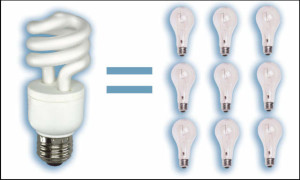

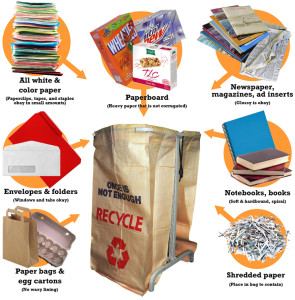

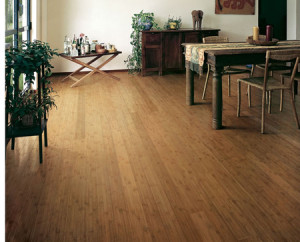

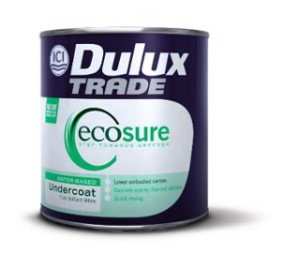
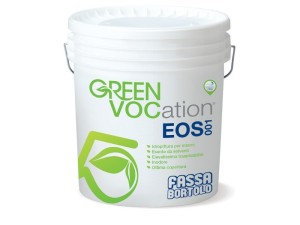

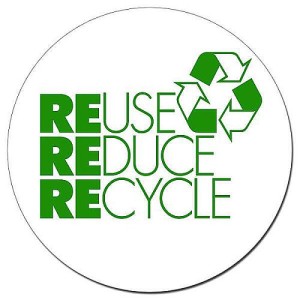
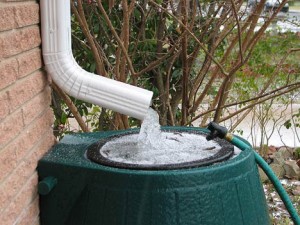
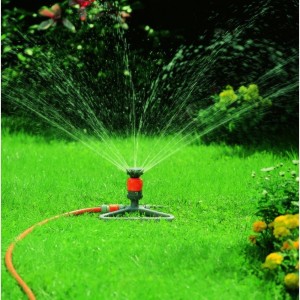

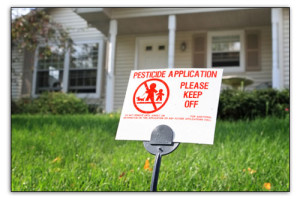
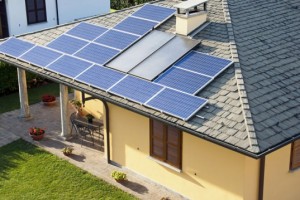
Leave a Reply